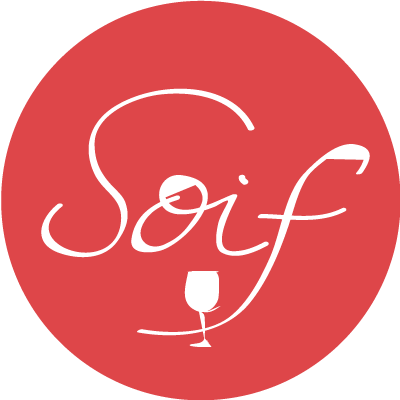January Wine Club Wines
DOMAINE DE LA CADETTE 2015 La Châtelaine
A winter white to satisfy all comers? A blissful Bourgogne that expresses itself truly, deeply? The very Vezelay that some of you have seen in our shop, on our list, is here. Vezelay? Bless you! Centuries of taking the back seat to other AOC, Vezelay finally achieved it’s appellation status in 1997, and the Montanets were given their due. First planting vineyards in 1987, they eventually realized that farming organically and splitting off from their cooperative was the best for their future. Their land lies west of the Cote d’Or, neighboring Chablis, and as such the grapes express themselves in similar fashion of freshness of fruit and true minerality. These wines that will continue to grow in complexity and status (and cost!) as the years progress, and are best served . . . Period.
________________________________________________________________
WETZER 2015 Kekfrankos
The thought of drinking bull’s blood might have one imagining some sacred, pagan ritual, dark figures in shadowed robes chanting in ancient tongues and the red chalice passed to every patron for their sacramental sip. Some are very familiar with the reality of said sanguine fluid in the form of Hungary’s famous Egri Bikaver (Bull’s Blood), a rich, red wine from Eger whose main varietal is locally known as Kékfrankos. This January’s red hails from the neighboring region of Sopron, an area becoming more known on the world’s wine stage. Also known in Europe as Blaufränkisch and Lemberger, to name just a few aliases, Kékfrankos is an ancient grape that has been a regional favorite for centuries, and up until recently it was believed to be a clone of Gamay. Understandably, as it is similar in style and savor to Cru Beaujolais, yet still very much its own ‘beast’. Peter Wetzer is the 5th generation son of Sopron behind this delightful red, guiding his homeland specialty away from any commercialization practices and allowing for the true, natural, and yes organic qualities to shine. It balances between unrefined and graceful, dark, richer fruit components working into the kind of spice blend that can only make one hungry (Hungary!) from the first sniff.
To continue the appetite appeal:
Gulyas (Goulash) Soup Serves 6
Ingredients:
½ cup oil 1 large onion (chopped) 1 tsp caraway seeds 4-5 cloves garlic (minced or grated) 2 med sweet wax or bell pepper (diced 2 fresh tomatoes 2 tbs Hungarian paprika powder 1 lb beef (cut to ½” cubes) 2 carrots (peeled and chopped) 1 med celery root (peeled and diced)
1 bunch fresh parsley leaf (bunched like a ball) salt
Dumplings:
1 large egg
1 ½ cup flour
2 tbs oil
Pinch of salt
Heat oil in a large, heavy pot over medium-high heat. Add onion; saute until soft and translucent but not brown, about 5 min. Add garlic and caraway seeds; cook about 1 min. Add diced pepper; cook for 3-4 more minutes. Add tomato and cook 5 min longer. Add meat and sprinkle paprika powder on top and stir. Cook it covered for about 15 min, stirring frequently not allowing it to stick to the pan. Add enough water to cover the meat. Bring to a boil and simmer slowly about an hour or until the meat is soft. Add more water, carrots, celery root and potato and simmer. Beat the egg with salt and ½ cup of water, then add enough flour to make a smooth, viscous dough. Push the dough through a dumpling strainer into the boiling soup. Add bunched parsley leaf and cook for 10 more min. Salt to desired amount and serve.







